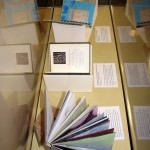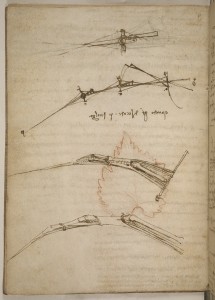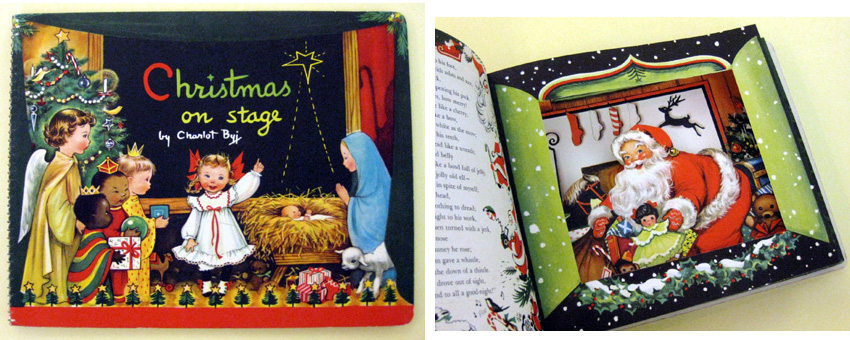The Smithsonian Libraries has been contributing manuscripts from our collections to the Smithsonian Transcription Center for digital volunteers (or Volunpeers) to transcribe for over a year now. We’ve featured a variety of materials, from a vocabulary of the Potawatomi language, to shipboard diaries, to natural history field books and aeronautical scrapbooks. These works have all been quickly and enthusiastically transcribed, and now we’re offering up a much more challenging item, sure to warm the heart of anyone who has an interest in medieval Latin: the De institutione arithmetica (On the principles of arithmetic) of Boethius, handwritten during the 15th century, from the collection of the Smithsonian Libraries’ Dibner Library of the History of Science and Technology, located in the National Museum of American History.
Tag: Smithsonian Libraries

—This post was contributed by Rita Sausmikat and Maya Riser-Kositsky, interns at the American Art Museum/National Portrait Gallery (AA/PG) Library summer 2014.
An “artist’s book” can generally be defined as a work of art in book form, though this guideline is interpreted and finessed to fit the artist’s vision. Commonly, artists’ books are portable and interactive, and utilize a plethora of methods, technologies, and materials. Just as with artwork, artists’ books often tell a story, stir emotion, or convey a purpose.
The Cooper-Hewitt National Design Library owns many types of pattern books for architecture, textiles, wall coverings, and ornament for use by designers. Among our more unusual “how to” pattern books and trade catalogs are two recently digitized hair jewelry pattern books – The jewellers’ book of patterns in hair work and Charles T. Menge’s price list of ornamental hair jewelry and device work.
~This post was written by Katherine Williamson, an intern at the American Art/ Portrait Gallery library.


As part of my work as an American Art/Portrait Gallery Library (AA/PG) intern, I answer reference questions from patrons that involve some type of research, either within our collection or using online sources that the library subscribes to. One of the most interesting reference questions I have received actually came from our Head Librarian, Doug Litts. Through his own research involving the original location of the AA/PG library – Room 331 of the main museum building – he came across a list of paintings, a marble bust and a cast iron sculpture, that were located in what was known as the NCFA/NPG Library when it was housed in the museum. Through circumstances unknown to us, those artworks were never transported to the Victor Building when the library moved here in 2000. He became very interested in the history of the artworks, as well as where they are now, and recruited me to help him in his research.
Re-housing is one of the least glamorous but most important responsibilities of the Smithsonian Libraries Conservation Department. Re-housing encompasses placing library materials into protective enclosures ranging from ready-made acid more »


